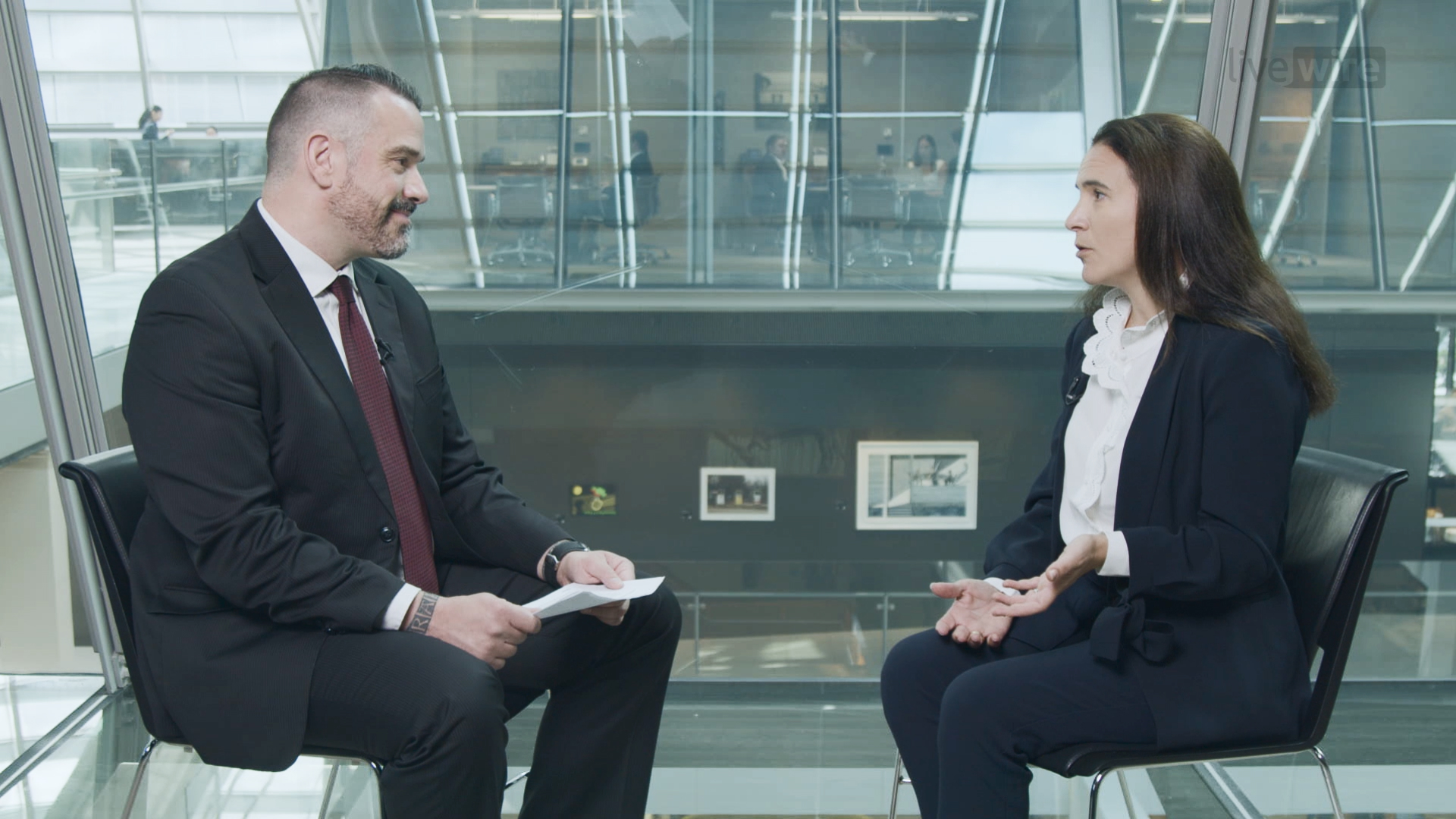Macquarie on the asset class expected to accelerate into a "multi-decade growth opportunity"
Note: This interview was filmed on September 12, 2024.
One of the knocks on investments with green credentials is that returns have to be sacrificed at the expense of their ESG credentials. But that no longer needs to be the case, according to Elise Vaudour, Head of Wealth at Macquarie Asset Management Green Investments.
"Investors would have had to choose [in the past] between financial performance and delivering green impact.
“The way we invest, because we invest in business models and businesses that are delivering clean energy, they actually go hand in hand”, says Vaudour.
This is a welcome outcome for those investors who wish to marry suitable performance with positive impact, in this fast-growing market.

Size and scale
According to Vaudour, the scale of this investment opportunity is immense, with over US$190 trillion needed by 2050 to meet global net-zero targets — or put another way, around US$6 trillion annually.
Vaudour emphasises that while the challenge is significant, the clean energy sector is set to take off in the coming years.
“We're really now at a moment of acceleration.
“What that means is that we need to focus on deploying this clean energy quickly and at scale, and we believe renewables like wind and solar are actually a really good and fast and competitive means to deploy clean energy”, says Vaudour.
Overcoming challenges
Despite recent headwinds such as supply chain disruptions, inflationary pressures, and political challenges, Vaudour points out that the market has adapted.
Green energy developers have secured higher off-take prices, supply chains are improving, and well-structured brownfield assets have demonstrated resilience, offering stable cash flows despite market disruptions.
Vaudour sees a multi-decade growth opportunity as demand for clean energy continues to rise, driven by both economic and environmental needs.
Macro tailwinds
A handful of key macro trends that touch our daily lives support the demand for renewable energy, including strong demand from digitisation, net-zero commitments, and the global push for renewable energy.
Vaudour explains that wind and solar are now the cheapest form of electricity for 90% of global demand, making the economic case for their adoption.
Governments are also introducing supportive policies, such as Australia’s Climate Change Bill, which mandates a 43% reduction in emissions by 2030 and aims for net zero at a federal level by 2050.
These policies are motivated not only by environmental concerns but also by the need for energy security and independence.
Corporates are also increasingly committing to net-zero targets, with over 4,400 companies doing so in 2023, more than double the previous year.
The Macquarie approach
Since 2005, Macquarie has been managing money in this space. Today, it has over 100 green investment professionals.
When it comes to investment strategy, Vaudour explains how Macquarie assesses opportunities based on several key factors.
“The key factors we look at when we assess opportunities, the first filter is we look for the infrastructure characteristics in line with our objectives.
“So we look for yield, recurring income, capital growth, diversification, inflation hedge - the typical attributes of infrastructure investments”.
Additionally, Macquarie focuses on investments that align with its green objectives and seeks significant influence or control over the assets to drive value creation.
A real-life example
To illustrate Macquarie's approach, Vaudour shares an example from Australia: the company’s investment in Aula Energy, a diversified renewable energy business operating across five states. Aula has built a development portfolio of solar, wind, and battery storage, with a capacity of 3.7 gigawatts— roughly equivalent to the domestic electricity demand of Western Australia.
Macquarie played a key role in building the business, from hiring an experienced team to establishing governance frameworks, showcasing how they create value through green infrastructure investments.
“The ambition is to create an independent power producer, so one of the energy companies of the future for the Australian market”, says Vaudour.

The Macquarie Energy Transition Infrastructure Fund is focused on private energy transition infrastructure investments. The Fund aims to deliver both income and long-term capital growth to investors, through exposure to technologies that support the global energy transition.
The Macquarie Energy Transition Infrastructure Fund is only open to investment by Australian wholesale clients (as defined in section 761G of the Corporations Act).
4 topics
1 fund mentioned


